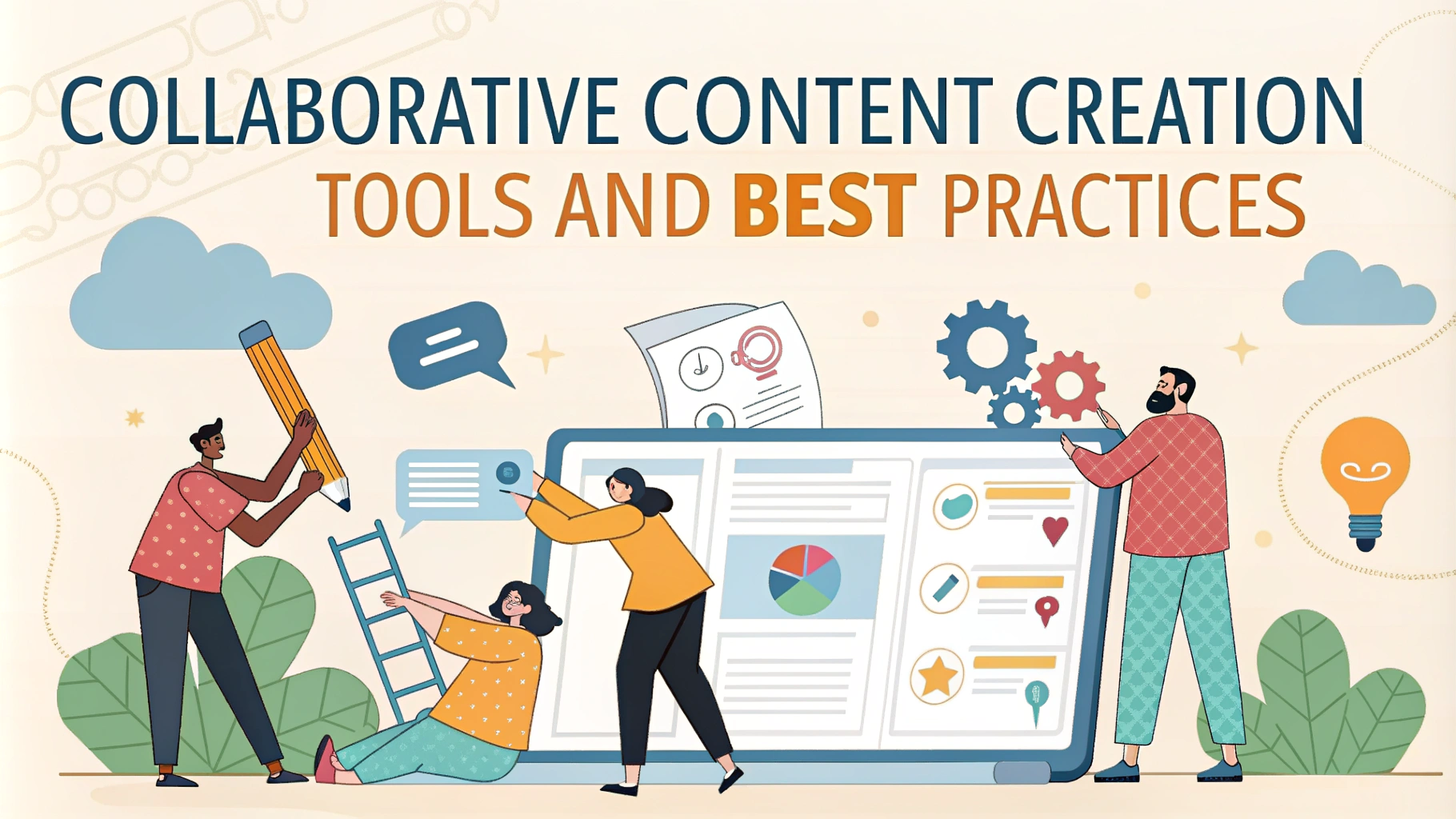Micro-personalization revolutionizes how brands interact with their audience. This article explores strategies to tailor content to individual user preferences, enhancing engagement and conversions.
We’ll cover effective micro-targeting techniques, analyze user behavior patterns, and provide actionable tips for creating personalized experiences that resonate with your audience.
The Power of Tailored Content in User Experience
Tailored content significantly improves user experience by:
- Increasing relevance and engagement
- Reducing information overload
- Enhancing customer satisfaction
- Boosting conversion rates
By delivering personalized experiences, brands can build stronger connections with their audience and stand out in a crowded digital landscape.
Key Components of Effective Micro-Personalization
Successful micro-personalization relies on several crucial elements:
- Data collection: Gather relevant user information
- Segmentation: Group users based on shared characteristics
- Content mapping: Match content to specific user segments
- Dynamic delivery: Serve personalized content in real-time
Implementing these components ensures a more targeted and effective personalization strategy.
Leveraging User Behavior for Personalized Experiences
User behavior analysis is essential for creating tailored experiences. Consider the following data points:
- Browsing history
- Purchase patterns
- Content preferences
- Device usage
- Geographic location
By understanding these behaviors, you can deliver more relevant content and recommendations to each user.
Implementing Behavior-Based Personalization
To effectively use behavior data:
- Set up tracking tools to capture user interactions
- Analyze patterns to identify preferences and intent
- Create dynamic content rules based on behavioral triggers
- Continuously refine your approach based on performance metrics
This iterative process ensures your personalization strategy remains effective and up-to-date.
Crafting Personalized Email Campaigns
Email remains a powerful tool for micro-personalization. Tailor your campaigns by:
- Segmenting your email list based on user behavior and preferences
- Using dynamic content blocks that change based on subscriber data
- Personalizing subject lines and preview text
- Sending triggered emails based on specific user actions
These strategies can significantly boost open rates and conversions.
Best Practices for Personalized Emails
- Use the recipient’s name in the subject line and body
- Recommend products based on past purchases or browsing history
- Segment your list by demographics, interests, or engagement level
- Test different personalization elements to optimize performance
Implementing AI and Machine Learning for Advanced Personalization
AI and machine learning can take micro-personalization to the next level by:
- Analyzing vast amounts of user data in real-time
- Predicting user preferences and future behaviors
- Automating content selection and delivery
- Continuously optimizing personalization strategies
These technologies enable more precise targeting and improve the overall effectiveness of personalization efforts.
AI-Powered Personalization Tools
Consider implementing these AI-driven solutions:
- Recommender systems for product suggestions
- Chatbots for personalized customer service
- Dynamic pricing engines
- Predictive analytics for user behavior
Measuring the Success of Micro-Personalization Efforts
To gauge the effectiveness of your personalization strategies, track these key performance indicators (KPIs):
- Conversion rates
- Customer lifetime value
- Engagement metrics (e.g., time on site, pages per session)
- Customer satisfaction scores
- Return on investment (ROI) for personalization initiatives
Regularly analyze these metrics to refine your approach and maximize results.
Tools for Measuring Personalization Impact
Utilize these tools to track and analyze your personalization efforts:
- Google Analytics for website behavior and conversion tracking
- A/B testing platforms to compare personalized vs. non-personalized experiences
- Customer feedback surveys to gather qualitative data
- Heat mapping tools to visualize user interactions with personalized content
Overcoming Challenges in Micro-Personalization
While powerful, micro-personalization comes with its own set of challenges:
- Data privacy concerns and regulations (e.g., GDPR, CCPA)
- Technical implementation complexities
- Balancing personalization with user privacy expectations
- Avoiding the “creepy factor” of over-personalization
Address these challenges proactively to build trust and maintain a positive user experience.
Strategies for Ethical Personalization
- Be transparent about data collection and usage
- Offer clear opt-out options for personalized experiences
- Implement robust data security measures
- Regularly audit your personalization practices for compliance and ethics
Future Trends in Micro-Personalization
Stay ahead of the curve by keeping an eye on these emerging trends:
- Voice-activated personalization through smart devices
- Augmented reality (AR) for personalized shopping experiences
- Cross-device personalization for seamless user journeys
- Hyper-local personalization based on real-time location data
Embracing these trends can give your brand a competitive edge in the evolving digital landscape.
Conclusion
Micro-personalization offers powerful opportunities for engaging your audience and driving conversions. By implementing the strategies outlined in this guide, you can create tailored experiences that resonate with your users on a personal level.
Remember to continuously test, measure, and refine your approach to stay ahead in the dynamic world of digital marketing. With the right tools and strategies, you can leverage micro-personalization to build stronger relationships with your audience and achieve your business goals.













